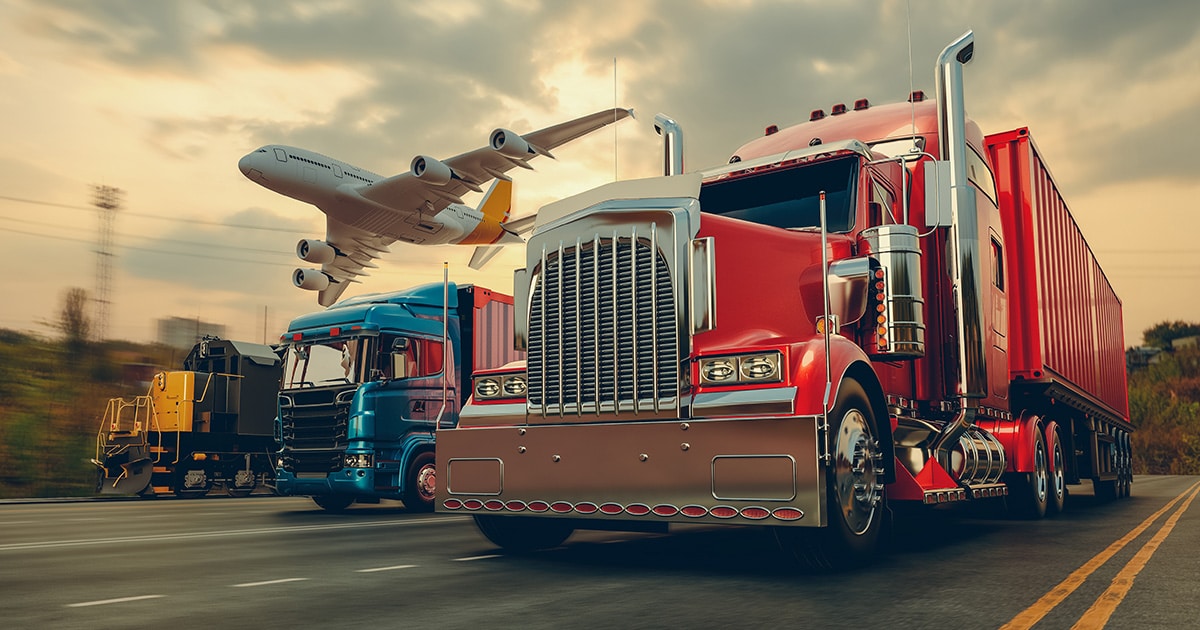Ever wondered which vehicle reigns supreme in terms of sheer weight—a jet, a tank, or an 18-wheeler? Each one is an engineering marvel in its own right, designed for completely different purposes. But when it comes to the scale, the comparisons might surprise you. Vehicle enthusiasts, buckle up as we weigh in on these giants of the transportation and defense industries, taking you on a fascinating exploration of their weight, characteristics, and the broader implications.
Understanding Weight and Its Importance in Vehicles
When we talk about vehicle weight, it isn’t just a matter of numbers—it’s a critical aspect of design and engineering. Weight impacts performance, fuel efficiency, structural soundness, and even environmental factors. Whether you’re dealing with a tank maneuvering through rugged terrain, a jet soaring through the skies, or an 18-wheeler hauling goods, understanding their mass gives us insight into their functionality and limitations.
Weight is typically measured in tonnage for larger vehicles, and knowing how much these colossal machines weigh helps industries create safer and more efficient designs. Now, let’s break down our contenders and see the numbers.
Weighing the Options
1. Jets
The weight of aircraft varies greatly depending on their size and purpose. A commercial jet like the Boeing 737, for example, weighs approximately 41 tons when empty—it can climb to over 70 tons when loaded with passengers, cargo, and fuel.
Military jets, on the other hand, are often lighter to maximize speed and agility. For instance, an F-16 fighter jet weighs in at 19 tons when fully loaded with armaments and fuel.
Aircraft weight is heavily influenced by advanced materials like lightweight alloys and composites, which allow these machines to be both sturdy and aerodynamic. But even with these innovations, jets often out-weigh their land-based counterparts simply because they must account for fuel loads and structural reinforcements to withstand extreme altitudes and speeds.
2. Tanks
Tanks are the backbone of military land operations, designed to withstand heavy fire and traverse challenging terrain. One of the most well-known tanks, the M1 Abrams, weighs approximately 62 tons when fully equipped with ammunition and protection systems.
Tanks are built with thick armor to shield against enemy fire, which explains their substantial weight. Advances in material science, such as the use of composite armor instead of traditional steel, have helped reduce overall weight in modern designs, but the need for durability ensures they remain some of the heaviest machines on land.
- 18-Wheelers
The 18-wheeler, or semi-truck, is America’s freight powerhouse. These vehicles are the workhorses of supply chains, capable of hauling goods over thousands of miles.
The typical weight of an 18-wheeler without cargo is about 20 tons. When fully loaded, it can legally reach up to 40 tons—depending on state and country road regulations. Unlike jets and tanks, the weight of an 18-wheeler largely depends on the payload it carries, showcasing its unique function as a hauler of goods.
The Impact of Weight on Performance and Efficiency
The weight of these vehicles significantly influences their performance and efficiency:
- Jets require high amounts of thrust to lift their massive structures into the air. Consequently, they consume enormous quantities of fuel, especially during takeoff, making weight distribution and reduction critical for long-haul flights.
- Tanks need immense power to traverse rugged terrain and carry hefty armaments. However, their weight can limit agility and speed, which could impact their effectiveness in rapid combat scenarios.
- 18-Wheelers must balance weight with fuel efficiency to remain financially viable for freight companies. Overloaded trucks not only damage roads but also consume more fuel, contributing to increased operational costs and emissions.
While heavier vehicles lose efficiency in many cases, innovation in materials and alternative fuels continues to transform these giants’ operational capabilities.
Real-World Comparisons
To better understand the differences among these vehicles, here are some iconic examples:
- Commercial Jet: The Airbus A380, the world’s largest passenger plane, weighs a staggering 277 tons fully loaded.
- Tank: Germany’s World War II Tiger Tank weighed 57 tons, but modern tanks like Israel’s Merkava Mark IV exceed 66 tons.
- 18-Wheeler: A typical semi-truck hauling a full trailer maxes out at around 40 tons, but the heaviest known load delivered by a truck was 535 tons, requiring a specialized multi-axle trailer and extra support.
Future Innovations in Weight Reduction
The future of vehicle design is largely driven by reducing weight to enhance performance and environmental sustainability. Some innovations we can expect include:
- Advanced Materials: The development of ultra-lightweight materials such as graphene and carbon nanotubes could revolutionize manufacturing in aviation, military vehicles, and commercial transport.
- Electric Vehicles (EVs): Heavy-duty EVs are already being tested for an 18-wheeler’s duties, such as Tesla’s Semi, which boasts a design aimed at balancing payload capacity with minimal environmental impact.
- Hybrid Military Vehicles: Researchers are exploring ways to integrate hybrid powertrains into tanks to conserve fuel while maintaining operational effectiveness.
- Aerodynamics: Enhanced aerodynamic designs will play a crucial role in reducing fuel consumption across all three contenders, especially for jets and 18-wheelers.
The Takeaway
So, which weighs more—a jet, a tank, or an 18-wheeler? The answer depends on which specific models and scenarios you’re comparing. Generally, tanks take the crown for land vehicles, jets dominate the skies in terms of weight, and 18-wheelers remain versatile champions of cargo.
Weight is more than just a number—it shapes each vehicle’s design, performance, and purpose. Whether you’re a plane enthusiast, a gearhead fascinated by trucks, or a fan of military hardware, knowing the weight of these vehicles gives you a deeper appreciation of their engineering brilliance.
Now it’s your turn—what do you think of these comparisons? Which vehicle’s weight surprised you the most? Share your thoughts in the comments below and join the conversation with other vehicle lovers!





























